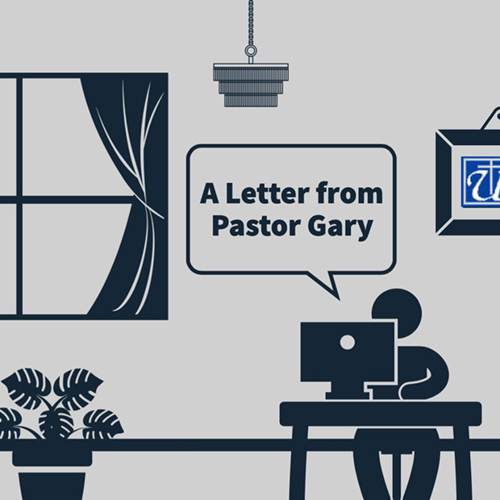
Montgomery, Alabama is the capitol city of that state. It has a long history tied up into both the history of the South and of the United States.
Prior to moving the Confederate capitol to Richmond, Virginia, Montgomery was the Confederate capitol. The young Martin Luther King, Jr.’s first congregation was Dexter Avenue Baptist Church in Montgomery. It was in this city, Rosa Parks refused to sit in the back of the bus, thus igniting a long civil rights movement. The both famous and infamous Selma to Montgomery March ended at the same capitol steps where Jefferson Davis raised his right hand to be inaugurated as the only president of the Confederacy.
It was on these same steps in 1963, Governor George Wallace promised, “Segregation now, segregation tomorrow, segregation forever!”
Today things are somewhat different. Entering Montgomery on US route 80 one is greeted by a sign proclaiming:
Welcome to Montgomery
Visit the Civil Rights Museum
The First Confederate Capitol
What to make of this all? Is one line seen as balancing the other? Is one line on this sign placed there to contradict the other? Or is this simply about tourism and history inviting travelers to check it out and spend some cash while doing so?
Regardless, we can see this sign, tied up in a long and often troubled history as very much a sign of more than Montgomery, Alabama. We can view it as a sign about the human condition; that is, also about you and me. We are caught up in the constant and on-going conundrum of “both/and”. We humans have come far. If this should teach us anything, it should teach us we also have so much further to go.
A civil rights museum in a place where civil rights faced some of its strongest and most violent resistance. A symbol of repentance by those who later recognized a need to repent? A concession to quiet those asking for repentance and to cover up those refusing to submit to such?
Whatever are the reasons for this museum in the heart of both civil rights abuses and civil rights dramatic acts of courage, we can be glad it is there. It stands as, perhaps a small sign, but a sign, nonetheless, of hope. Might we see it stand there as an Advent marker of sorts, nudging us along toward a greater hope?
Both Jesus and the prophets tell us there will be signs. What signs of hope do you see as you look around? Do you see any “museums” testifying to some progress and giving hope for more? Do you see any of these “museums” embedded in the midst of something that seems hopeless?
This is a call in this and every Advent. It is a call to find hope where hopelessness taunts us most. It is a call to lift our sights above ruins, above ashes, above hate and evil to one who is coming that is greater than all these. It is a call that the one coming can help to lead us both through and out of contradictory and even evil situations. I invite you this Advent to not always look for hope as a deliverance from something difficult. Look for hope as a light and path that can lead us out, however slowly we may have to travel and however bumpy the ride. Look for hope as a way to keep going and move forward.
Welcome to Montgomery, a mirror of the human situation. Welcome to Montgomery, a glimmer of hope.
